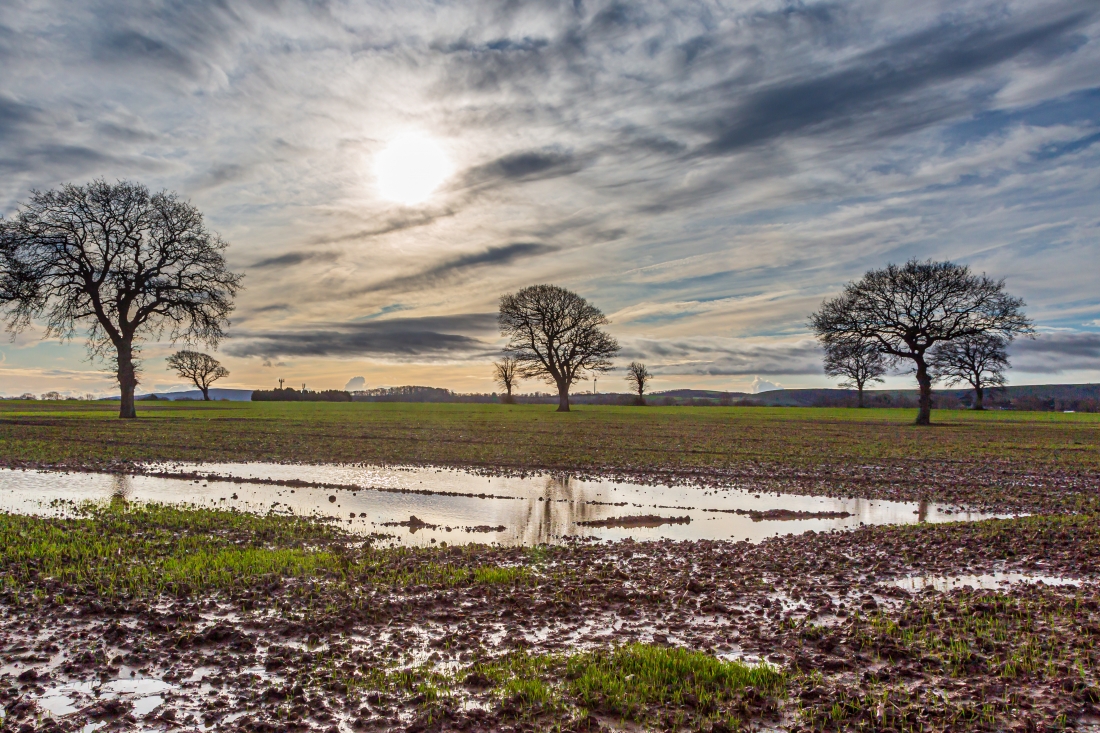Common Problems Trees Face In Winter
Back to News
It’s a sad fact that many trees can have problems in harsh winter climates. Whether it’s damaged bark, damaged flower buds, dying foliage or problems with roots caused by cold and frost, most trees will need a little extra looking after before, during and after the winter months. And that’s before we think about damage caused by animals eating the bark when food is scarce, or damage done to soil and root systems by ice, snow, road grit and salt.
So if you have trees in your garden or grounds, it’s worth checking them for a few issues and either treating them or calling in our team of tree care experts to give you some advice.
Winter Burn
You may think that by filling your garden or grounds with evergreens, you can avoid problems such as winter burn; unfortunately not.
Many narrow leafed evergreens such as pine, juniper and yew will show signs of suffering in lower temperatures where you may notice the browning of the leaf tips. This can spread rapidly as the tree suffers from the fluctuation of temperature – winter sun dries the needles out, and then lower perhaps freezing temperatures freeze water within the root system, which means that the leaves or needles don’t get the moisture that they need to repair themselves.
We would suggest applying an antidessicant (or anti-transpirant) treatment before the temperatures drop, but if your trees are showing signs of damage our tree care experts may be able to help.
Deer & Animal Damage
Both younger, newly planted trees and more mature specimens can suffer from deer and other animal damage.
Whether it’s deer feeding on any lower shoots and buds; thus reducing the rate of growth and often killing a young tree, or mice and rabbits eating the bark lower down (known as ‘girdling’), the lack of available food can often lead to tree damage from animals.
The best thing to do is to protect the base of the tree as much as possible, whether with fleece or in extreme circumstances a cage, and use animal repellents where possible.
Salt Damage
While salting roads and pavements before and during icy spells is good for the flow of pedestrians and traffic, it’s not so good for the trees. The salt can get into the water eco system and therefore enter the soil around your trees. This is then sucked up into the stems buds and roots of your trees, stunting growth, affecting foliage and eventually killing off even the healthiest of trees.
The foolproof solution is not to salt where the run off water is going to end up in your tree soil, but if it’s too late for that you will probably need a tree expert to come and mitigate any damage done.
Snow Damage
We’ve all seen the perfect Winter Wonderland type pictures with snow hanging off every branch of a line of trees; icicles looking perfect and the whole thing crying out to be put on the front of a Christmas card. Unfortunately, pretty though it is, snow can also do damage to your trees. Younger and newly planted trees can be bent sideways or even broken completely by the weight of the snow, meaning that all of your hard work so far has been in vain. Even older specimens can suffer from bough and branch breakage with any amount of snow, leaving them scarred, broken and potentially dangerous.
You can’t avoid the snow, but you can try and ensure your trees are propped up well and lopped into a state that will minimise any danger once the snow starts falling. This may be something that you can do yourself, but if not, we have a tree lopping team on hand.
Frost Heaving
When the soil around a tree freezes and then defrosts quite rapidly, frost heaving can occur. This is where the soil moves around the roots of the tree, which can cause various problems. Younger and smaller trees can be uprooted, or at the very least have their roots exposed, running the risk of winter burn and root damage. Larger trees may seem to have a stronger line of defence but their roots can still be exposed to the elements due to frost heaving, and this in turn means that they are at risk from winter winds, frosts and snow.
We recommend mulching well around smaller trees and checking on them regularly – these are both services our tree care team are providing regularly throughout the Winter.
Trees are a staple of our surroundings and our gardens and while Winter can take its toll on them, with a little bit of care and attention your trees can be looking beautiful all year round.
Do you have a winter tree problem we haven’t covered here? Send us an email and we’ll do our best to help.

